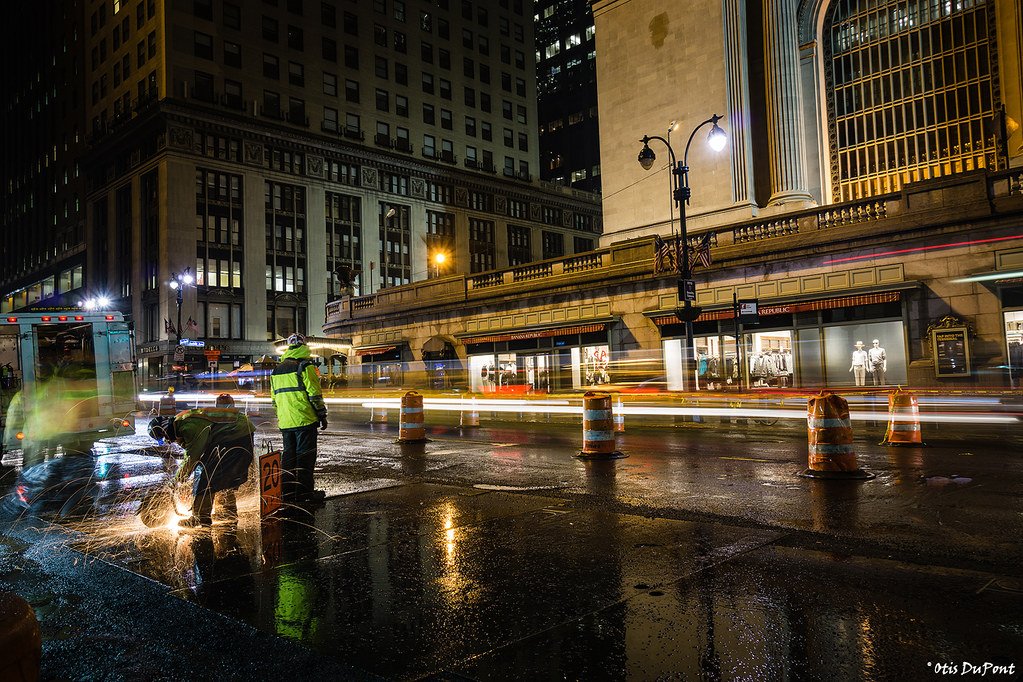
It is essential to equip yourself well against the rain, especially if you are exposed to downpours on long periods. In the panel of clothing that can protect you, the choice extends from déperlante dress suitable for light rain, at thefull waterproof gear for episodes more intense. Let’s take stock to better navigate.
Water repellent and waterproof clothing
Water resistance can be classified into two main categories which determine how well a garment can be adapted to withstand the onslaught of water.
One water repellent fabric allows the water to slip on the garment to limit the penetration thereof. Most water-repellent outfits acquire this property through a coating treatment on top of the fabric. Yes water flows over the fabric, however, this solution is not suitable for severe weather and at a large volume. A water-repellent jacket or pants can thus protect from light rains and showers.
One waterproof fabric fight more effectively against water penetration. The garment must protect against the penetration of water and must also have waterproof elements (thermo-welded seams, waterproof zips) to certify impermeability. Better able to protect against heavy rains, the waterproof garment can be combined with a water repellent treatment for a more complete solution.
In both cases, the water resistance capacities are degrade over time and repeated exposure, and therefore offers less protection over time. With a careful maintenance and the possibility of reprocessing the garment with a waterproofing product, you can make sure to prolong the properties of your garment.

The EN 343 standard
This standard for work clothing governs and classifies the water resistance performance. A product corresponding to this nomenclature presents two markings to determine its strengths:
– The resistance to water penetration, classified from 1 to 3 (3 being the best performing level). It indicates the capacities ofimpermeability of the garment and its robustness against the pressure exerted by waterfalls.
– The evaporative resistance also ranked from 1 to 3. She shows the resistance to water vapor and determine the breathability fabric. A highly breathable garment will therefore have a high class to show that it can effectively wick away perspiration. An important factor to take into account so as not to accumulate sweat and risk a rapid cooling of the body.
Type of rain gear
As we have seen, depending on the intensity of the rain, it will be necessary to opt for different types of clothes. We can present some examples that can protect you from the elements.
A protection wind and water repellent widespread is the Softshell jacket. It is provided with 3 separate layers each having their protective role. The outer layer is repellent to protect light rain. The second is a breathable membrane for wick away perspiration and regulate internal temperature. Finally the inner layer Of type polar offers the possibility of keep the body warm and makes the garment comfortable.
Although warm and windproof, a Softshell will not suffice in case of heavy rain or snowfall. It will be necessary to have recourse to a solution raincoat Of type Hardshell such as a parka. Similar in design to the Sofshell, however, it will be the outer layer that will act as a barrier against severe weather.
In addition to jackets, coats and parkas, pants can also have the characteristics required by the standard IN 343.
In case of heavy rains, the visibility may be severely reduced (especially at night), high visibility waterproof clothing will therefore be an essential ally for your protection and safety.
For a enhanced and complete immunization, it is advisable to bring accessories to fight more fiercely against bad weather. From anti-cold gloves standard IN 511 may have a higher or lower waterproofing characteristic depending on the model. The work shoes, protection and of security (classified respectively under standards EN ISO 20347, 20346, 20345) may have, depending on their class, water repellent capabilities cataloged under the acronyms WRU and WR. The first defines a water resistant shoe upper, while the second corresponds to a protection over the entire shoe.

If your trade body requires you to outdoor work, so you have a wide choice of equipment that will allow you to acclimatize to Difficult conditions. Define your needs well to find the outfit that will ideally accompany you in the field.

